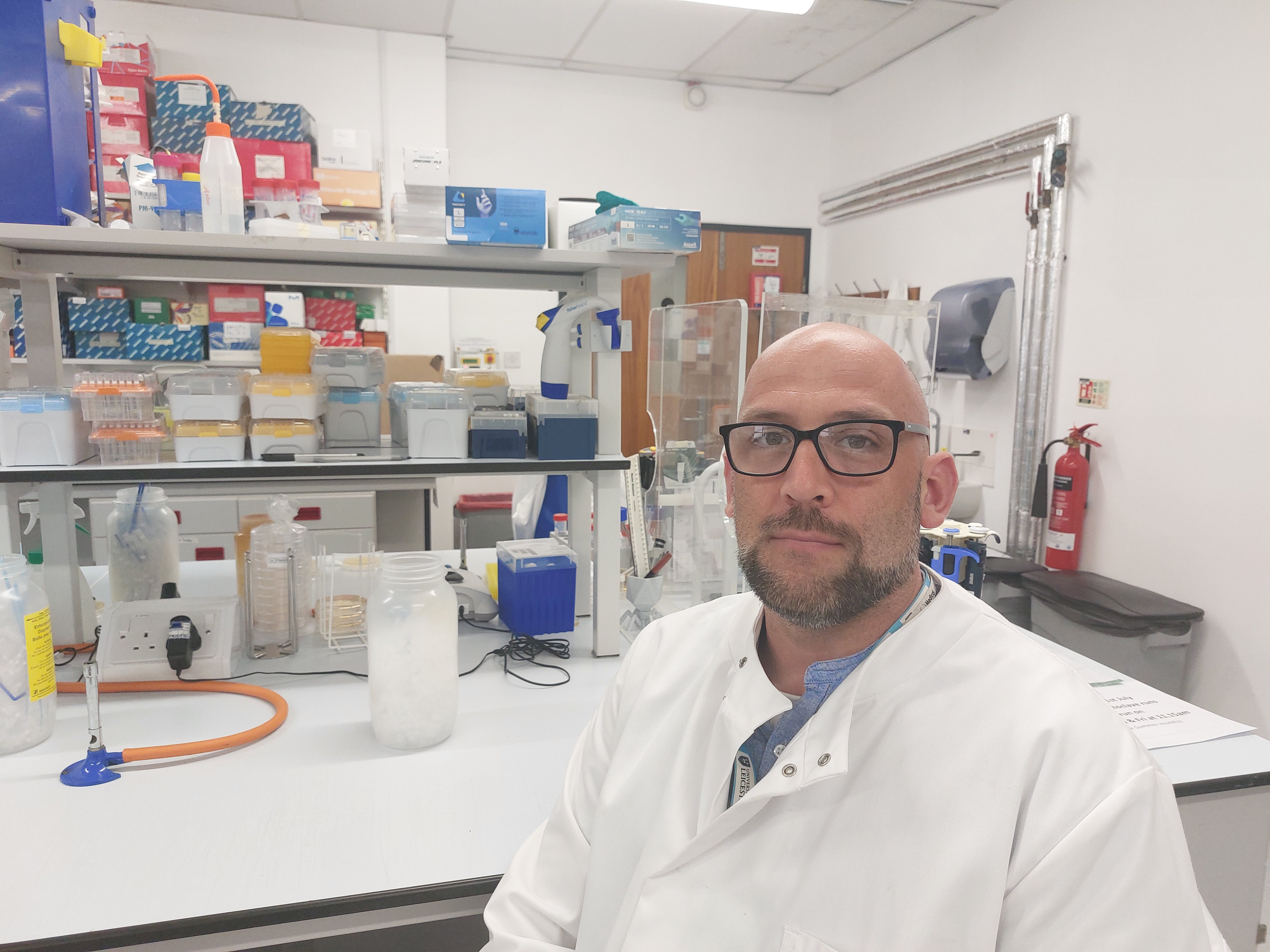Scientists at the University of Leicester, UK are turning to an unexpected source in their mission for new medical treatments: zoo animal poo. Yes, the waste from giraffes, tigers, elephants, and other exotic animals has been collected, but not for fertilizer. Hidden inside animal droppings are fascinating little viruses called bacteriophages (or phages for short) with the ability to target and destroy bacteria, which have an increasing resistance to antibiotics.
The rest of this article is behind a paywall. Please sign in or subscribe to access the full content.
Antimicrobial resistance is becoming one of the biggest threats to global health, as crafty superbugs learn to dodge the effects of standard antibiotics, rendering them ineffective for treatment. Grim statistics show that by 2050, antimicrobial-resistant infections might lead to 10 million annual deaths if new solutions aren’t found.
In the battle against antibiotic resistance, the Becky Mayer Centre for Phage Research at the university has joined forces with the West Midlands Safari Park (WMSP) and Dudley Zoo to sample animal poo for phages.
“Bacteriophages are naturally occurring viruses in the environment around us and can be found where bacteria occur in high numbers – making animal faeces a perfect place to look,” explained Dr Andrew Millard, co-leader at the center, in a statement.
“With plenty of poo easily at hand daily from more than 160 different exotic animal species on site, we were more than happy to help with this worthwhile research project,” said Richard Brown, senior curator for Dudley Zoo. “We hope our small contribution from Dudley will be invaluable to health efforts worldwide. We look forward to discovering the results.”

Dr Millard, co-leader of the Becky Mayer Centre for Phage Research.
Image credit: University of Leicester
Phages sourced from the zoo poo will add to the growing “bio-bank” at the university, with hopes of reaching a target of 10,000 novel phages in the next two years. These little virus warriors could help researchers worldwide to develop treatments for a wide range of infections, including urinary tract infections, respiratory infections, and potentially treating zoo animals themselves. Who knew a secret weapon in saving both animals and people was hiding microscopically in animal poo?
“It is fantastic that just by picking up poo, which our keepers do every day, we can contribute to the development of vital medical treatments,” said Katie McDonald, Research and Conservation Officer at WMSP.
Scientists from the research centre have shared their findings with the House of Commons Science, Innovation and Technology Committee, highlighting the huge potential of phages in medicine. Their input has also influenced the UK Government’s 5 year plan on antimicrobial resistance, where phages are now officially recognized as promising alternatives to antibiotics.
So next time you visit a zoo, remember the microscopic fighters in the animal poo. These wonders in waste could potentially save lives as the medicines of the future.
Source Link: Poo Power: How Animal Dung Could Unlock New Antibiotic Treatments